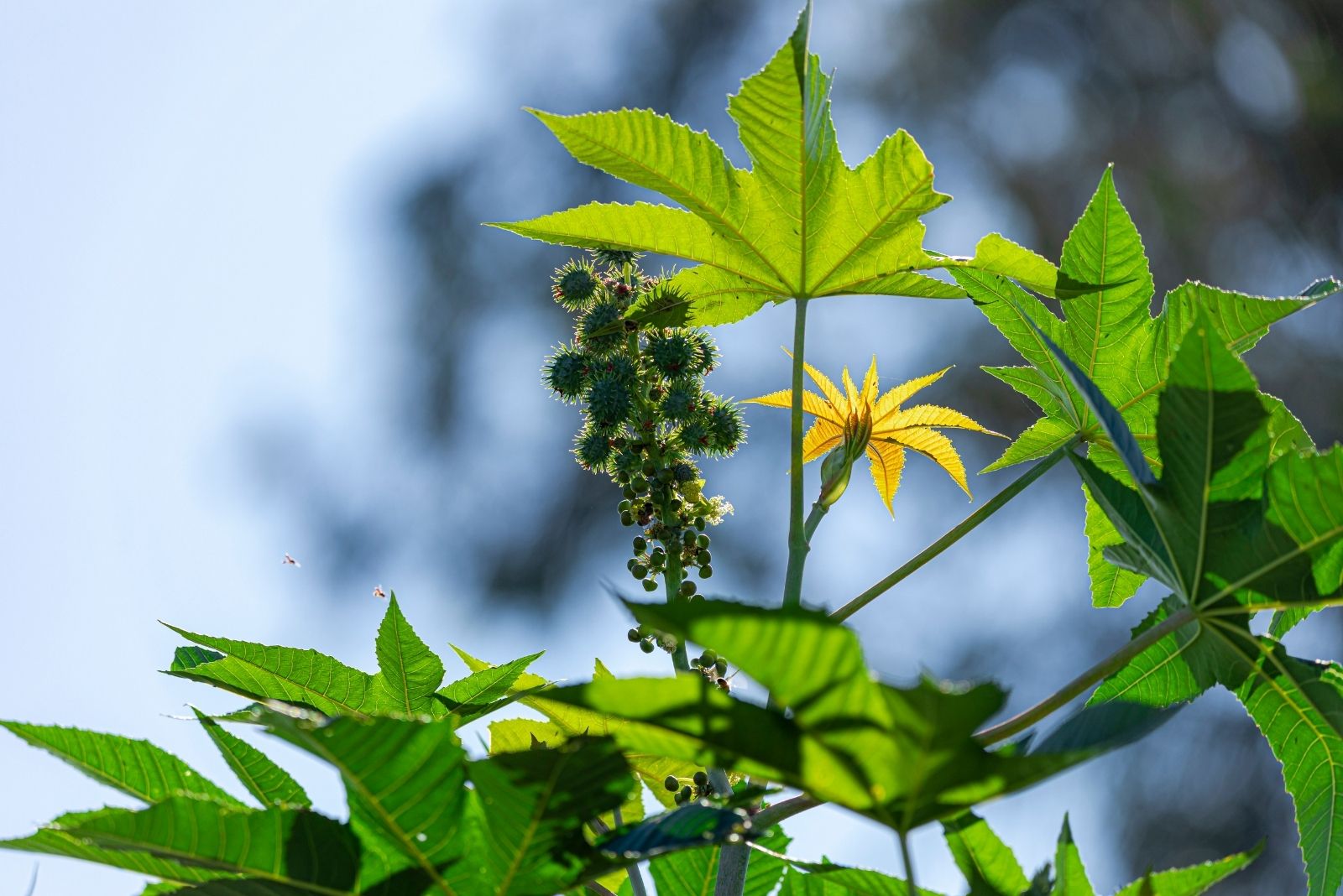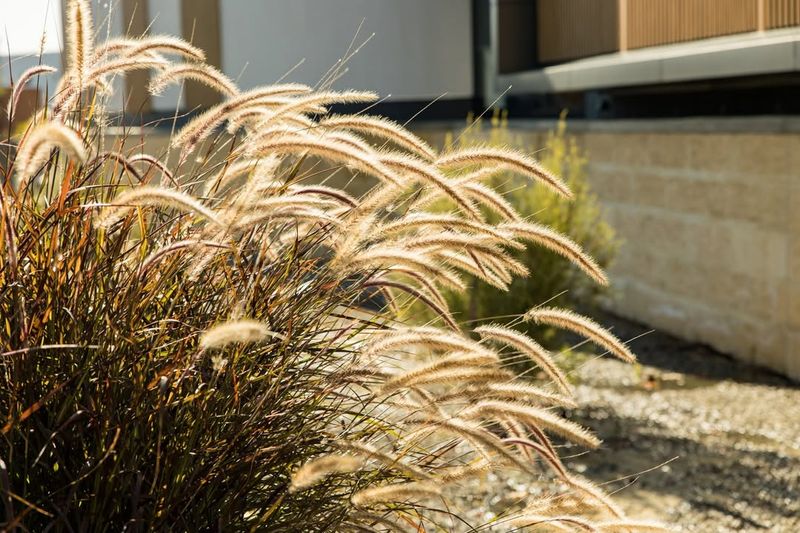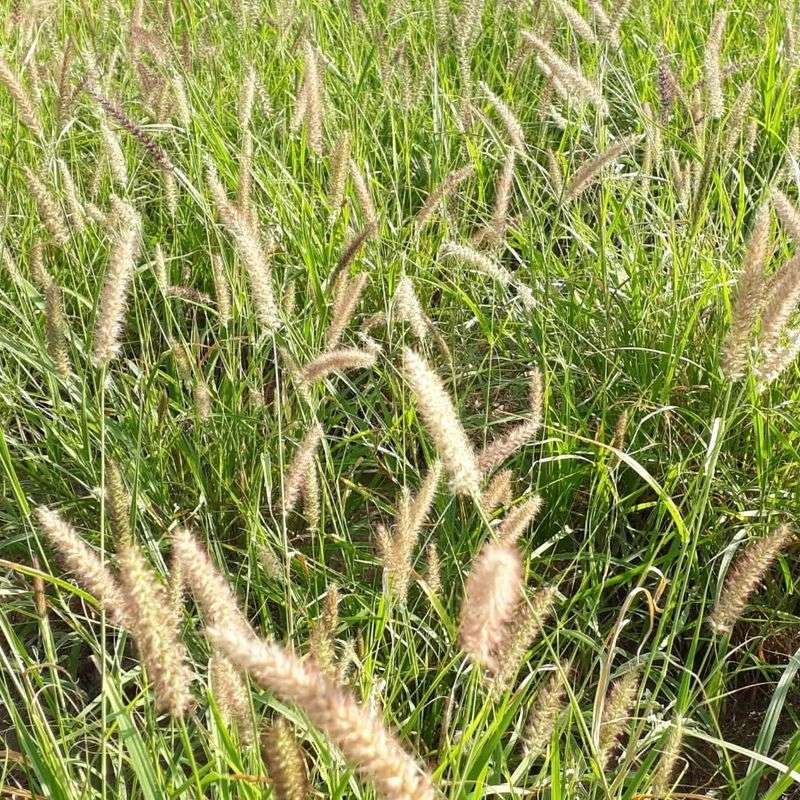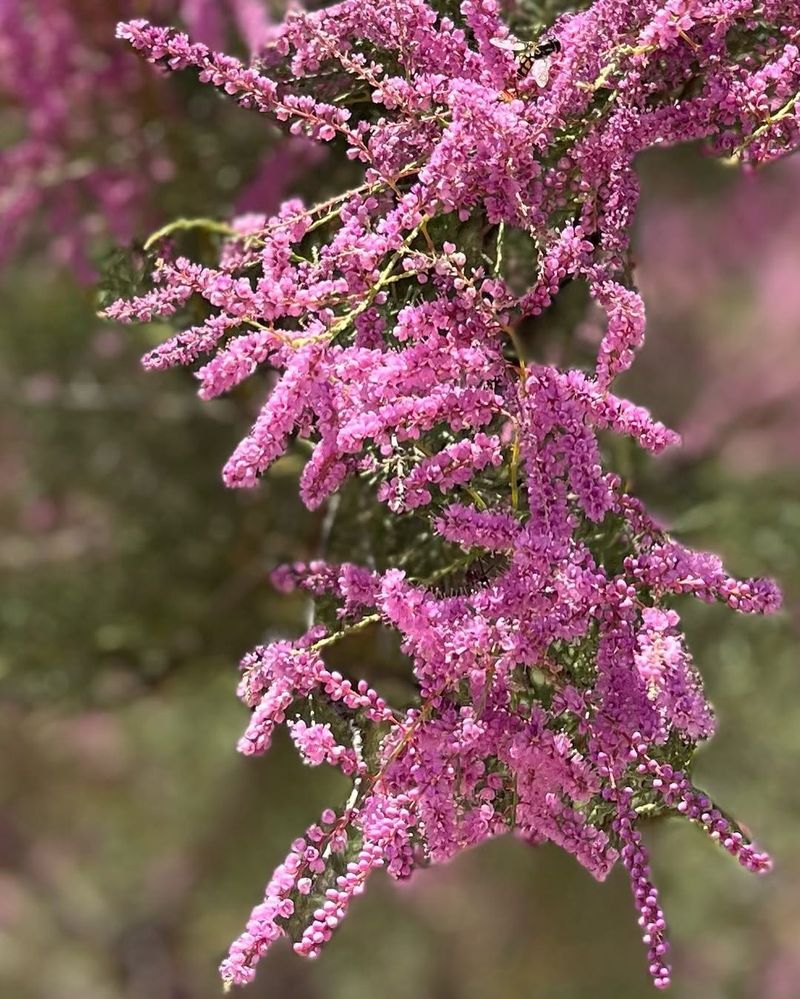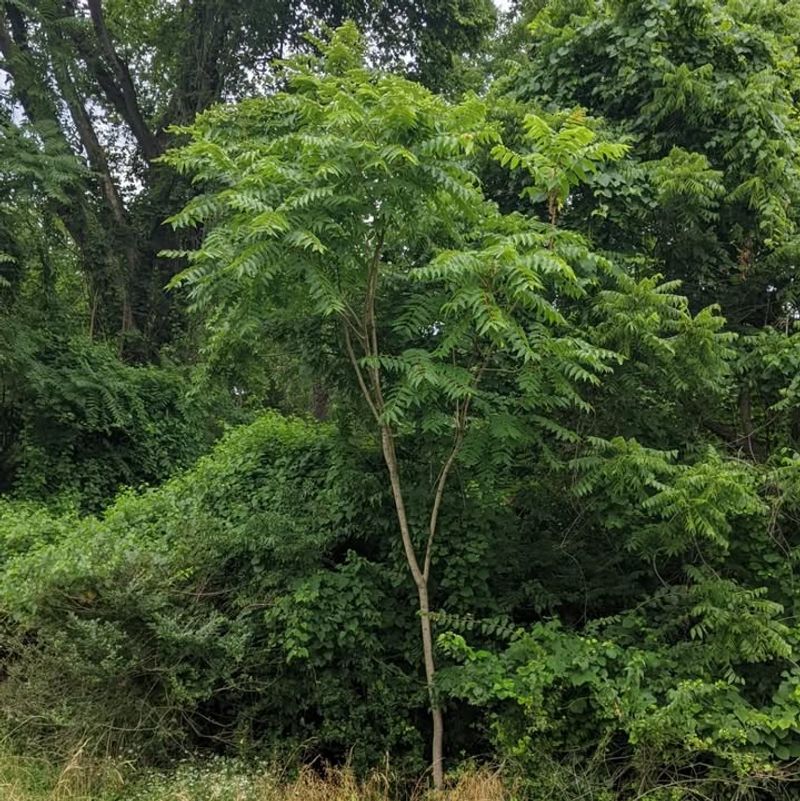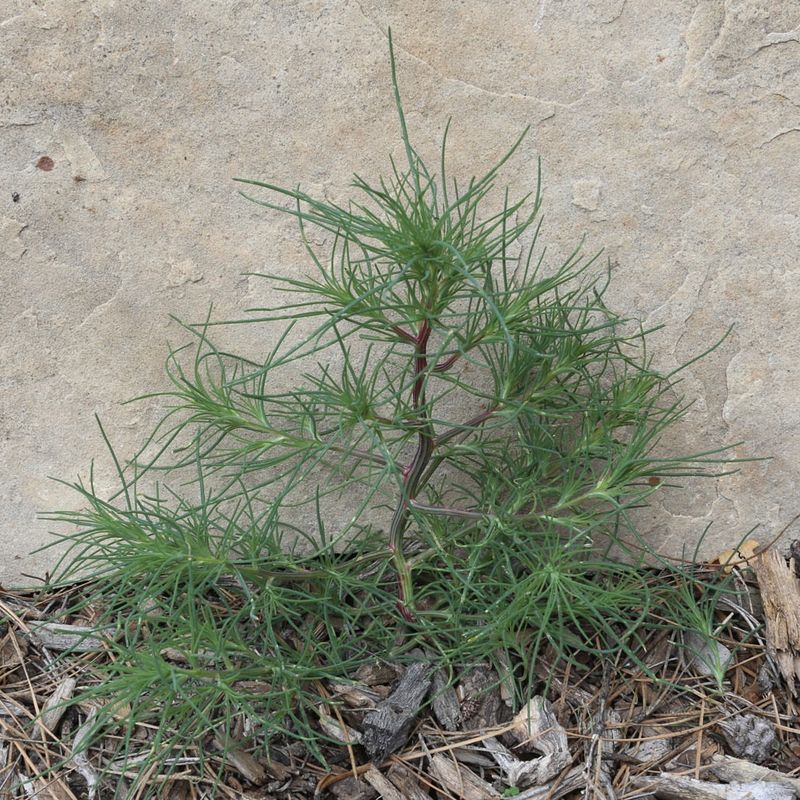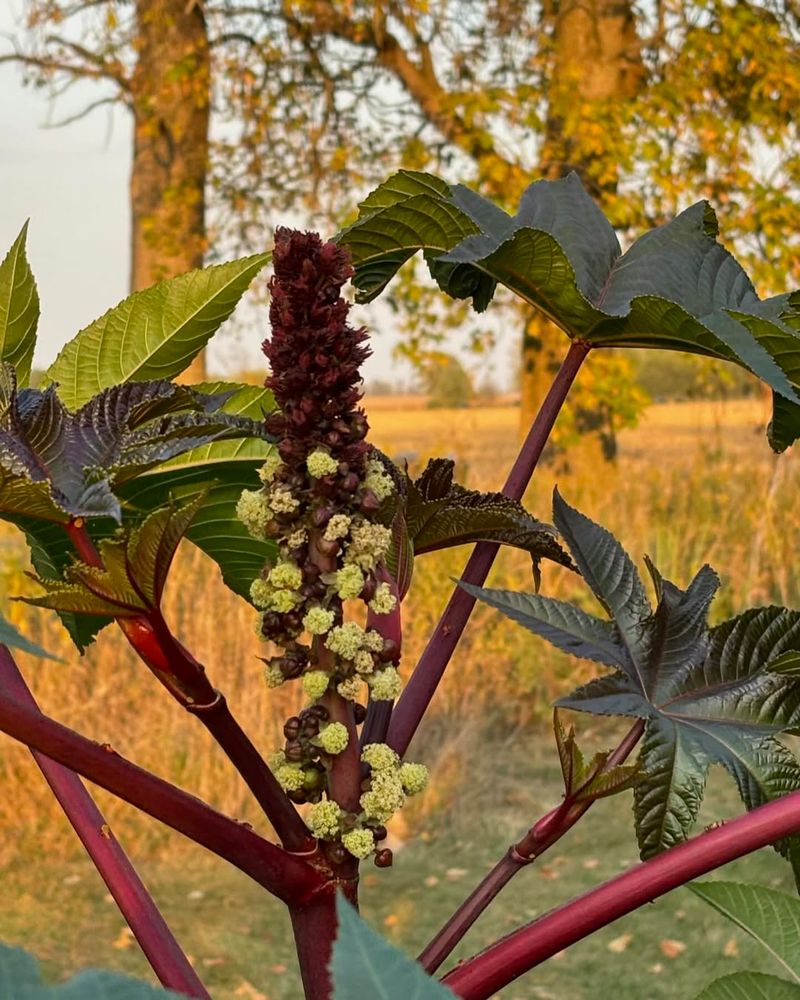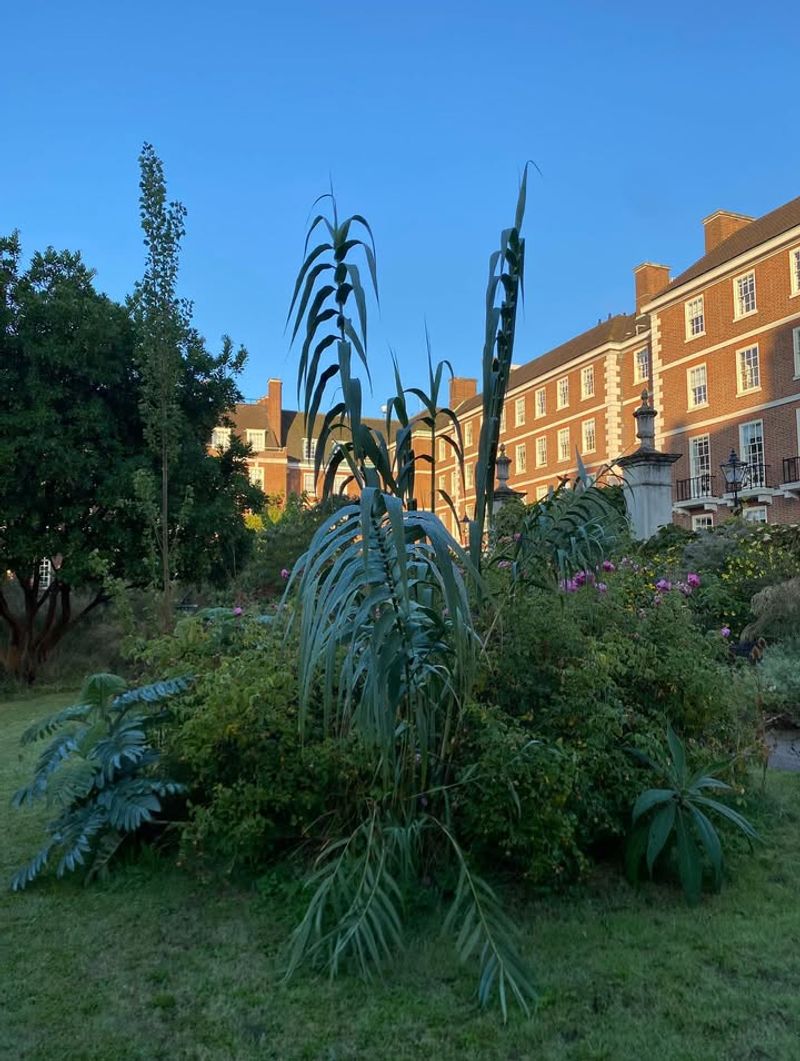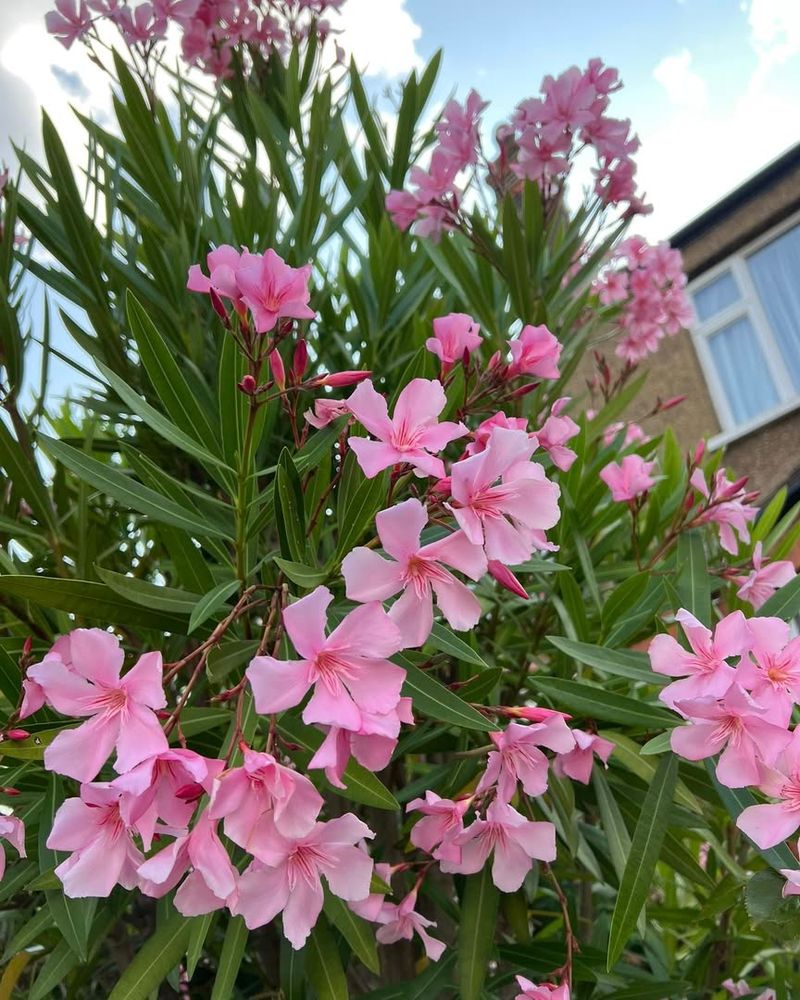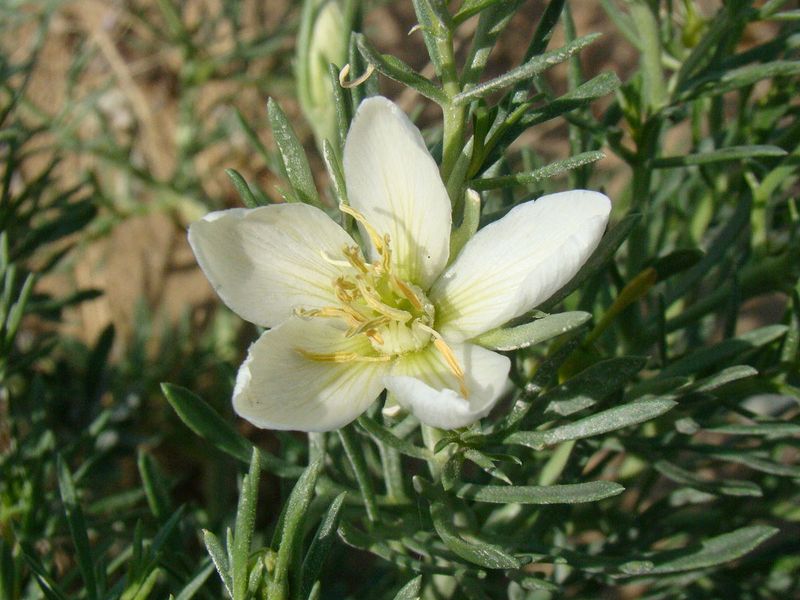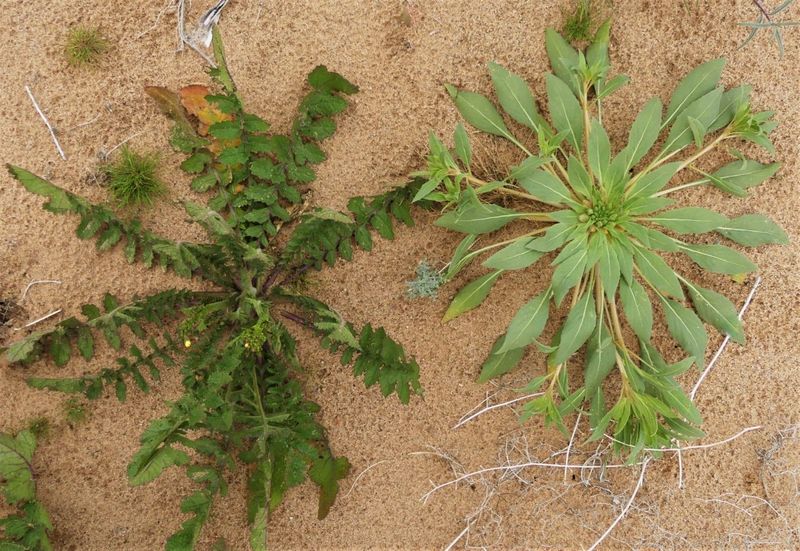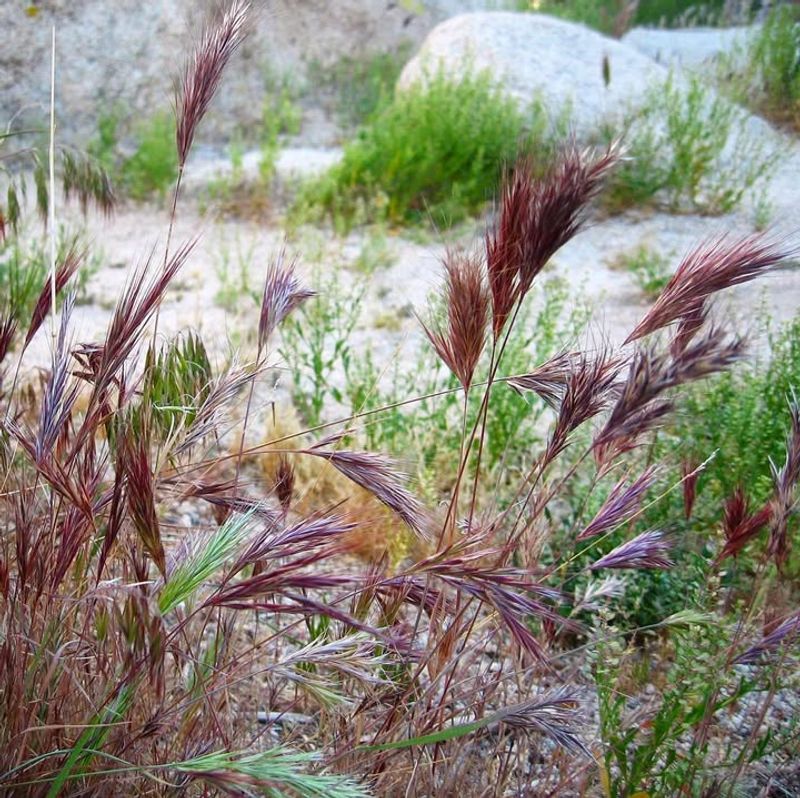Here in Arizona, I’ve seen how fast certain plants can take over a yard if you’re not careful. Some species spread so aggressively that they’re now being considered for restriction in suburban areas.
While these plants may look attractive and easy to grow, they can harm native desert ecosystems, increase fire risks, and compete with local vegetation for precious water resources.
1. Fountain Grass (Pennisetum setaceum)
Those feathery plumes might catch your eye at the garden center, but this grass spreads rapidly across Arizona’s desert landscape. Seeds travel easily on the wind, establishing new colonies in canyons and hillsides where native plants once thrived.
Fire danger becomes a serious concern because dried fountain grass ignites quickly during hot months. What starts as a small decorative patch can become a neighborhood wildfire risk within just a few seasons.
Native bunch grasses offer safer alternatives that won’t threaten your community. Removing fountain grass requires digging out the entire root system before seeds mature and spread further.
2. Buffelgrass
From my experience, many Arizona gardeners don’t realize how dangerous this African import has become. Buffelgrass forms thick mats that choke out saguaros, palo verde trees, and other iconic desert species we treasure here.
During summer, this grass dries into highly flammable fuel that burns hotter than native vegetation. Wildfires fueled by buffelgrass can kill centuries-old cacti that normally survive desert fires.
Removal efforts require persistence since plants resprout from roots even after cutting. Homeowners associations and local governments are increasingly banning this species to protect surrounding natural areas from devastating fires.
3. Tamarisk (Salt Cedar)
Along Arizona’s waterways, these thirsty trees consume massive amounts of water that native cottonwoods and willows desperately need. A single mature tamarisk can drink up to 200 gallons daily during our scorching summers.
What I’ve noticed in local yards is how quickly seedlings appear near irrigation systems and pools. Roots spread aggressively, cracking foundations and clogging underground pipes throughout suburban neighborhoods.
Wildlife suffers too, as tamarisk thickets provide poor habitat compared to native riparian trees. Many Arizona municipalities now prohibit planting these water thieves, and removal programs are expanding across the state.
4. Tree Of Heaven
Despite its angelic name, this fast-growing tree causes headaches for Arizona homeowners dealing with its aggressive root suckers. One tree can spawn dozens of offspring across your entire property within a single growing season.
Personally, I’ve watched neighborhoods struggle with this invader pushing through sidewalks and driveways. The roots release chemicals that prevent other plants from growing nearby, creating barren zones around each tree.
Cutting it down often makes the problem worse, as stumps send up even more shoots. Professional removal involving herbicide treatment offers the only reliable solution for eliminating established trees completely.
5. Russian Thistle (Tumbleweed)
Surprisingly, those iconic tumbleweeds rolling across Arizona roads aren’t native—they’re invasive weeds from Eurasia. Each mature plant produces up to 250,000 seeds that scatter as the dried skeleton bounces across the landscape.
In suburban yards, young plants look harmless until they mature into spiny balls that injure pets and children. Tumbleweeds pile against fences during windstorms, creating fire hazards and blocking drainage channels.
Over time, repeated infestations deplete soil nutrients that native desert plants need to survive. Pulling young plants before they set seed helps control populations around homes and gardens.
6. Castor Bean Plant
Those dramatic tropical-looking leaves hide a deadly secret—every part of this plant contains ricin, one of nature’s most toxic substances. Just a few seeds can fatally poison children or pets who mistake them for treats.
For many Arizona gardeners, the plant’s ability to tolerate heat makes it tempting for creating privacy screens. However, local poison control centers report increasing incidents involving curious toddlers and animals attracted to the colorful seed pods.
Birds spread seeds into neighboring yards and natural areas, expanding the danger zone beyond your property. Several Arizona communities are moving toward outright bans to protect public safety.
7. Giant Reed (Arundo donax)
Towering up to 20 feet tall, these bamboo-like reeds form impenetrable walls along Arizona’s irrigation canals and streams. Underground rhizomes spread rapidly, with fragments floating downstream to establish new colonies miles away.
What started as decorative screening in one backyard can quickly invade entire watersheds throughout suburban neighborhoods. Giant reed crowds out native willows and mesquite that provide crucial habitat for desert birds and wildlife.
Dense stands also reduce water flow in canals, causing flooding during monsoon season. Removing established colonies requires heavy equipment and repeated treatments, making prevention through planting bans the most practical approach.
8. Oleander
Walk through any older Arizona neighborhood and you’ll spot these evergreen shrubs lining property boundaries with colorful blooms. But every leaf, flower, and stem contains cardiac glycosides that can stop a heart within hours of ingestion.
In my own Arizona yard, I once considered planting oleanders for their drought tolerance and privacy screening. Then I learned about families losing beloved dogs who chewed fallen branches while playing outside.
Smoke from burning oleander clippings can sicken anyone nearby, making disposal tricky for homeowners. As awareness grows about these dangers, more suburban communities are restricting new plantings near schools and parks.
9. African Rue
Across vacant lots and unmaintained yards in Arizona suburbs, this low-growing perennial spreads aggressively through both seeds and roots. Livestock and wildlife avoid eating it due to toxic alkaloids that cause neurological symptoms and reproductive problems.
Once established, African rue outcompetes native wildflowers and grasses that feed desert pollinators and seed-eating birds. The plant thrives in disturbed soils common around new construction sites throughout growing suburban areas.
Seeds remain viable in soil for years, making eradication difficult once populations take hold. Early detection and removal before flowering prevents long-term infestations that degrade neighborhood landscapes and natural spaces.
10. Sahara Mustard
Blanketing Arizona deserts in yellow blooms each spring, this annual might look pretty but it’s choking out native wildflowers that bloom after winter rains. Seeds germinate earlier than natives, giving Sahara mustard an unfair advantage in competing for limited moisture.
What concerns local ecologists most is how quickly this mustard spreads along roadsides into pristine desert preserves near suburban developments. A single plant produces thousands of seeds that remain dormant until conditions favor germination.
Hand-pulling before seed set offers the best control method for homeowners dealing with infestations. Many Arizona gardening groups now organize volunteer removal events to protect native spring wildflower displays.
11. Red Brome
This Mediterranean annual grass has transformed Arizona’s desert fire ecology in dangerous ways. Red brome germinates after winter rains, grows rapidly, then dries into highly flammable tinder by late spring—exactly when temperatures peak.
Before red brome arrived, Arizona deserts rarely burned because native plants grow too far apart to carry flames. Now continuous grass carpets connect vegetation, allowing fires to race across landscapes and destroy ancient saguaros and desert tortoises.
Suburban edges where yards meet natural desert become especially vulnerable to grass-fueled wildfires. Homeowners associations increasingly require removing red brome from properties to reduce community fire risk during dry seasons.

